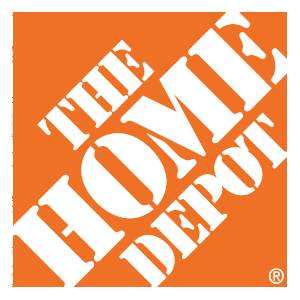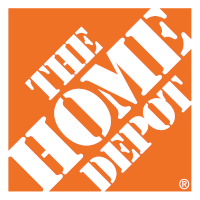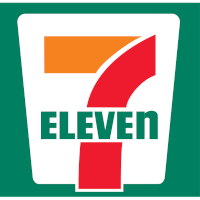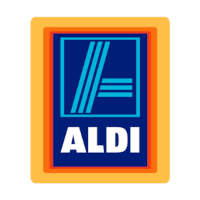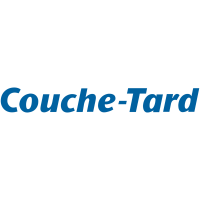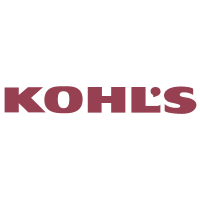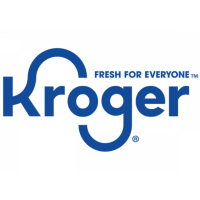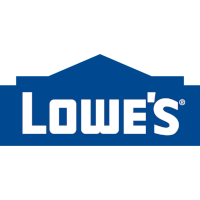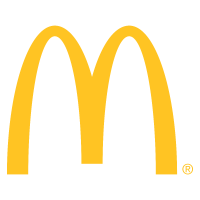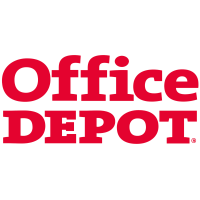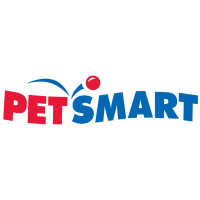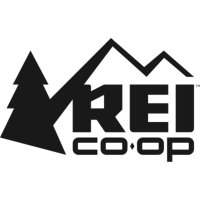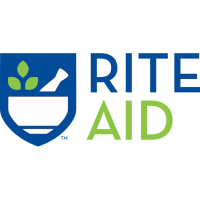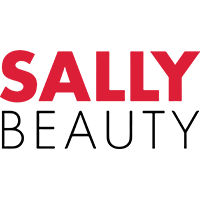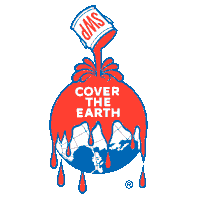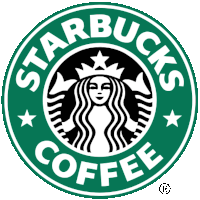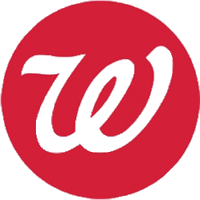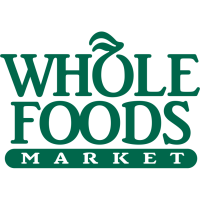Key Findings and Recommendations
- Corporate Commitment: The Home Depot was the first major U.S. home improvement chain to launch a safer chemicals policy, which includes a preference for safer alternatives. The company should participate in the Chemical Footprint Project survey to improve its chemicals management and publicly support governmental policies to reduce chemicals and plastics of high concern.
- Transparency: The Home Depot has taken some action to encourage suppliers to disclose ingredients to consumers. Otherwise, there is no indication The Home Depot requires suppliers to disclose chemical ingredients or plastics to the retailer, nor that it requires testing to ensure products are free of hazardous chemicals or plastics beyond regulatory compliance. The Home Depot should require ingredient disclosure, verify accuracy, and evaluate its chemical footprint.
- Ban the Bad: The Home Depot has set restrictions on at least five classes of chemicals of high concern including PFAS, organohalogen flame retardants, and ortho-phthalates in various product categories. In 2023, The Home Depot set a goal to eliminate PFAS in private-brand patio and home decor products sold in its U.S. and Canada stores by the end of 2025. In 2023, The Home Depot reported it eliminated 39 million square feet of PVC film packaging. The Home Depot should take the next step by phasing out the sale of building materials made from PVC plastic.
- Safer Solutions: There is no indication that The Home Depot has supported the development or sale of safer products. The Home Depot should work to ensure substitutes for chemicals and plastics of high concern are safer for the health of consumers, communities, workers, and the environment.
2024 Detailed Analysis of The Home Depot
Corporate Chemicals Policy
Adopted a safer chemicals policy
Oversight
Established management oversight
Chemical Footprint Project (CFP)
Participated in the CFP
Collaboration
Actively participates in collaborative process to promote safer chemicals
Public Policy Support
Supported governmental policies to reduce chemicals or plastics of high concern
Supply Chain Disclosure
Brands report use of chemicals or plastics in products or packaging to retailer
Supplier Accountability
Ensures supply chain accountability for chemicals or plastics restrictions
Consumer Disclosure
Brands disclose use of chemicals or plastics to consumers
Chemical Footprint Calculation
Publicly disclosed its chemical footprint
Restricted Substances List (RSL)/Manufacturing Restricted Substances List (MRSL)
Reduction/Elimination Goals
Chemicals and Plastics Reduction
Reduced or eliminated toxic chemicals or plastics of high concern
Safer alternative definition
Adopted a definition of safer alternative consistent with Washington state
Investment in Safer Solutions
Invested financial resources to advance and drive development of safer solutions
Implementation of Safer Solutions
Replaced chemicals or plastics of concern with safer solutions
Quantified Safer Products
Measured and disclosed progress towards safer products
How does The Home Depot compare to its competitors?
Previous Grade History
NOTE: Our evaluation criteria changed in 2024. The scores from previous review years through 2021 are based on a different set of criteria measured.
Click or tap on a grade year to review additional details (where available).

